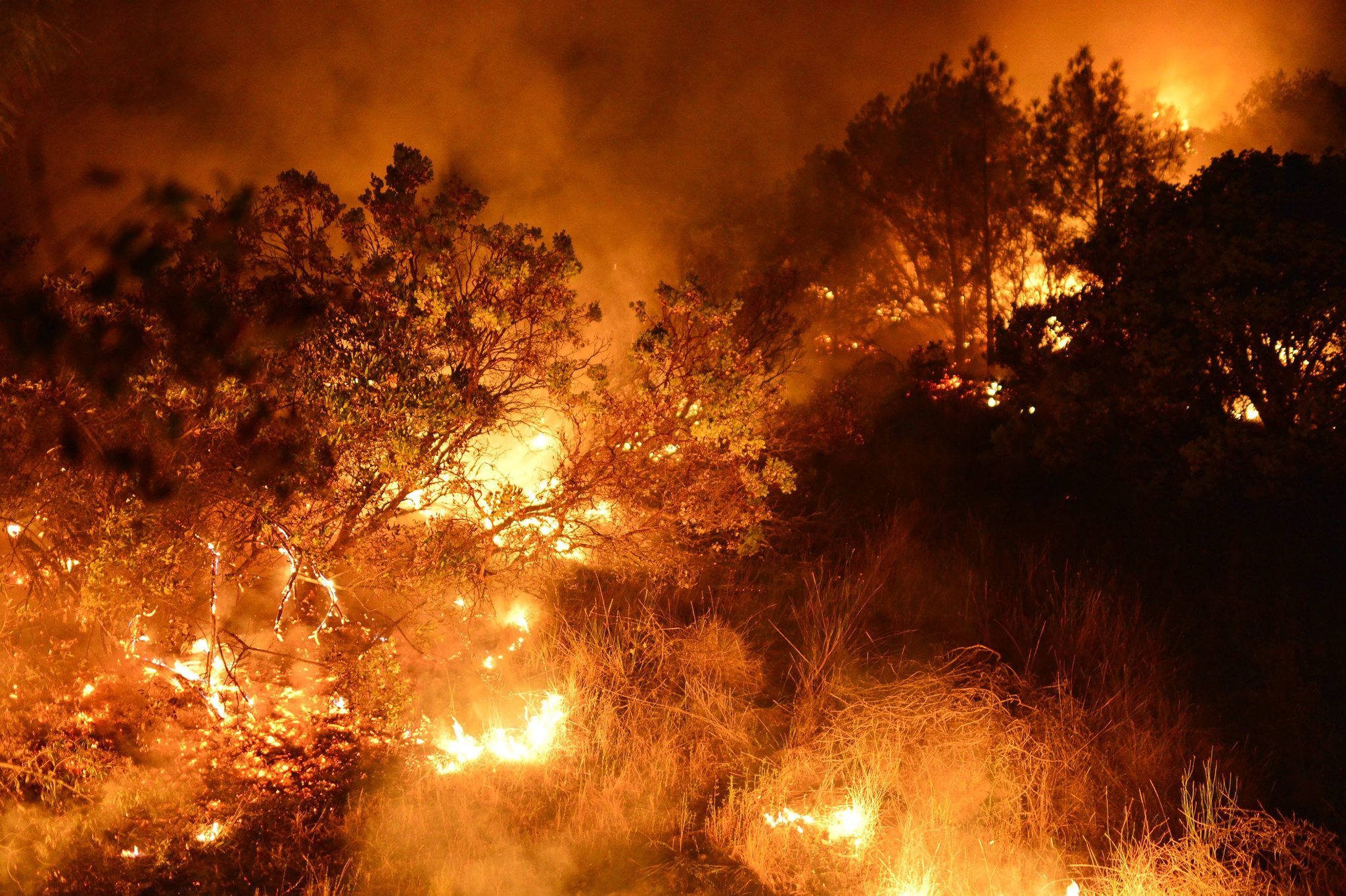
By Cynthia Brian
“Count the fires by glowing flames, never by the ashes that fall.
Count your days by the golden hours, don’t remember clouds at all.
Count the nights by stars, not shadows.
Count your life by smiles, not tears.
And with joy on every day, count your age by friends, not years.”
Hello November! We are grateful to welcome you.
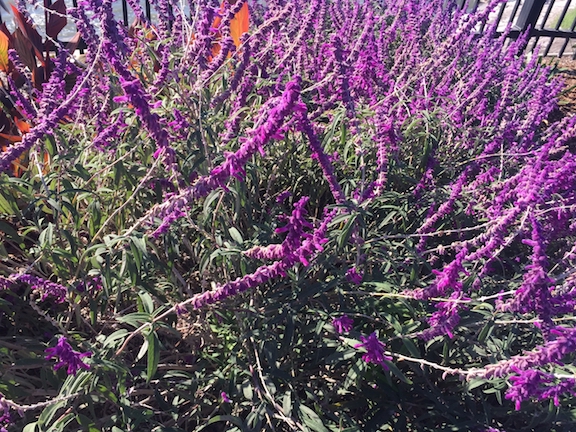
With the devastating fires of the past month throughout California, our atmosphere has been filled with smoke and ash. The air quality has been so poor that we have been warned to stay indoors or wear N-95 rated masks when walking outside. Wildfire smoke and soot irritates eyes, skin, throat, nose, and lungs, and is especially dangerous for anyone with asthma or other respiratory illnesses.
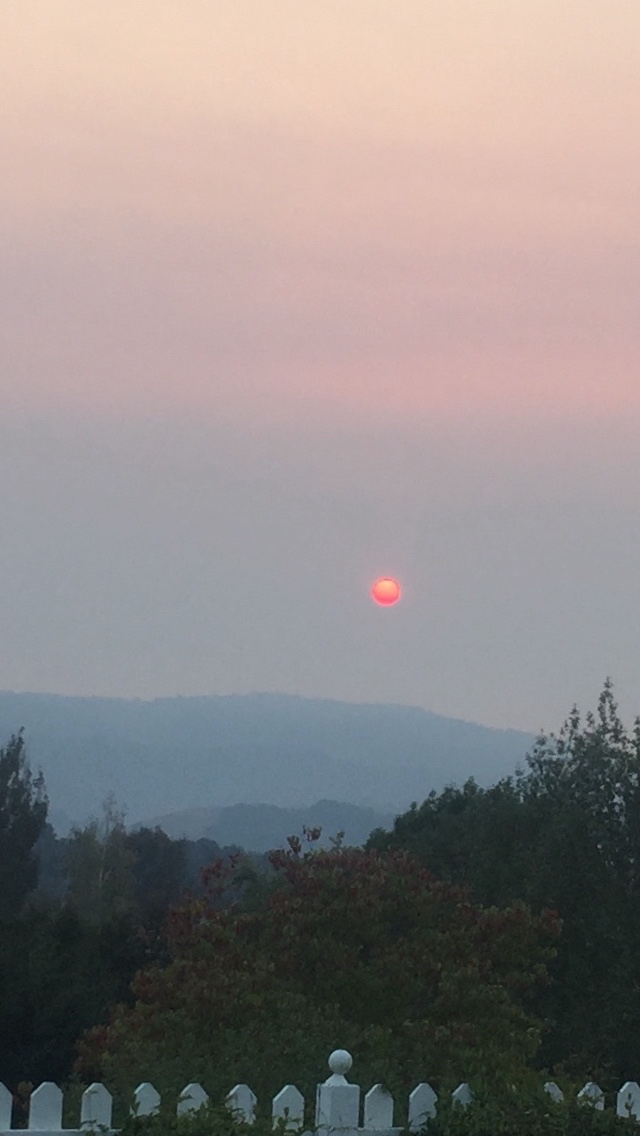
But what effect does the smoke and debris have on our gardens?
Surprisingly, healthy plants have the ability to absorb the dangerous carbon dioxide and turn it into oxygen. Some landscapes may actually benefit from smoke as it diffuses the light allowing the shadows to be less intense under the top leaves of plants. The lower leaves then produce more food for the plant. Plants use carbon dioxide as a fertilizer, cleaning the chemicals and toxic particles in the air while restoring and cleansing our atmosphere.
Houseplants are extremely beneficial in cleaning our indoor air quality. They have the ability to reduce the effects of mold, dust, microbes, and VOC’s (volatile organic compounds). Spider plants, pothos, snake plant, spathiphyllum, philodendron, palms, and ficus benjamina are all easy to grow and work overtime to keep us breathing clean, fresh air.
Scientists are discovering the dire consequences of climate change not only on our physical well-being but on our mental fitness. Disasters such as the catastrophic hurricanes, floods, earthquakes, and fires have a dramatic negative impact on our health. We can help the environment as well as our families by maintaining a positive outlook and putting a smile on our face while we work together diligently to reduce our carbon footprint.
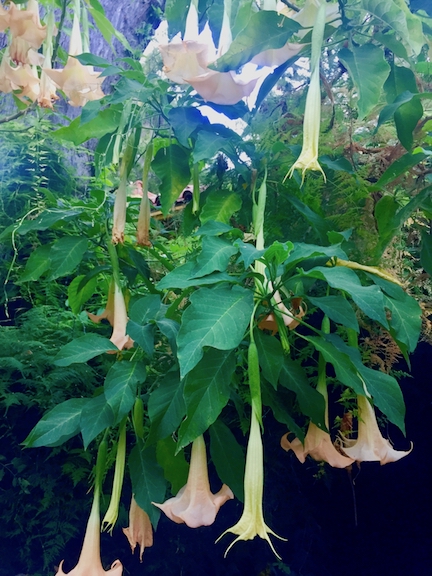
Cynthia Brian’s Gardening Guide for November
Want to protect your valuable plants from any negative effects from the smoke?
Here are a few simple tasks to undertake.
- 1. Any vegetable or fruit still in the orchard or garden needs to be washed thoroughly before consuming. A solution of vinegar and water is a time- tested cleanser.
- 2. Compost any damaged bush, flower, fruit, or vegetable.
- 3. Spray your plants with a hose to remove any clogged particles. Continue to do this until you see a difference.
- 4. Fertilize the landscape now, including your grass and lawn.
- 5. Add three inches of mulch to your garden if you didn’t already do it last month.
- 6. Any bare earth needs a cover crop. Clover, alfalfa, wildflowers, fava beans, vetch, and mustard will add nitrogen to the soil.
- 7. Remove any dead or dying trees or shrubs. When planting new trees, space them at least 10 feet apart.
- 8. Be fire-wise by clearing your roof, gutters, eaves, decks, and patios of debris.
- 9. Mow your lawns and keep them green. Lawns clean the air we breathe, absorb smoke and pollutants, and change sulfur dioxide and carbon dioxide into oxygen. A swath of green offers a healthy filtration system while being a flame retardant safety zone.
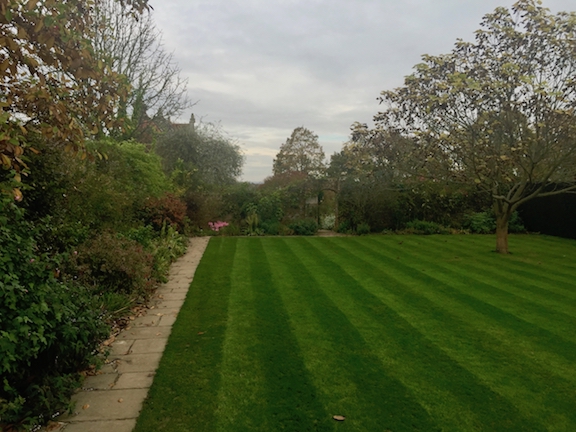
Make fire prevention a top priority by creating a defensible space around your home and garden. Fires burn only when fuel is present and a dry landscape is fuel for the fire.
Other Tips for your November To-Do List:
- • WINTERIZE your garden. Cover frost prone plants and shrubs with blankets or burlap. Wash patio furniture before storing or covering. Move fragile container plants under an eave or away from harsh winds.
- • PRUNE your fruit trees and crape myrtles once all the leaves have fallen. Keep branches a minimum of 6 feet from the ground.
- • RAKE leaves to add to the compost pile. It is especially important to rake redwood and pine needles as they tend to blanket an area suffocating any other living things.
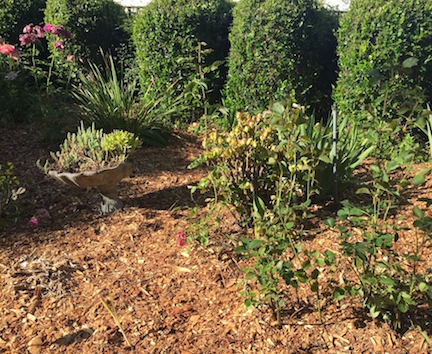
- • PLANT bulbs for spring blooms. (You have been refrigerating your tulips and crocuses, right?)
- • CLEAN gutters of all debris to prevent clogging when the rains come.
- • SOW lawn seed and keep the seed watered until it sprouts.
- • PICK guavas and bananas as they ripen.
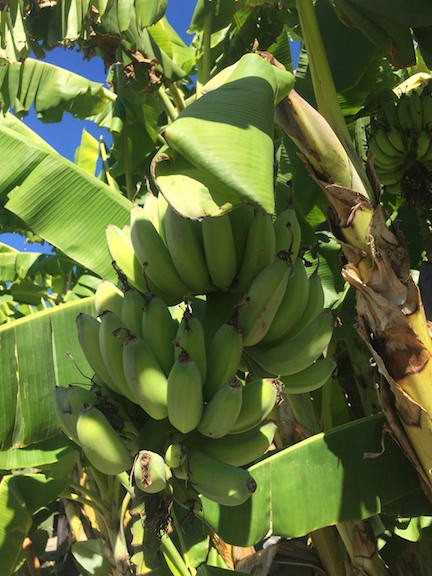
- • WAIT another month before harvesting persimmons. If you are having problems with the birds and squirrels eating your unripe fruit, pick early, and refrigerate.
- • PLANT garlic and shallots before the weather turns cold. Easy to grow, they will over-winter to supply you with big savory bulbs for a summer harvest.
- • ARRANGE roses, clivia, euphorbia, and branches for a beautiful fall display.
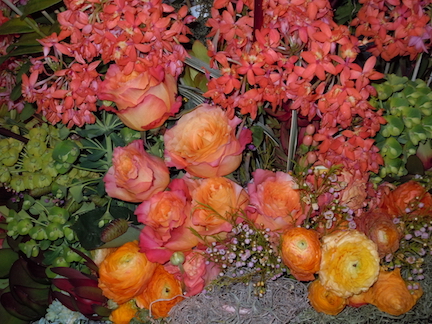
- • GROW chrysanthemums. These long blooming flowers are available in a variety of colors and textures adding a smile to any visitor.
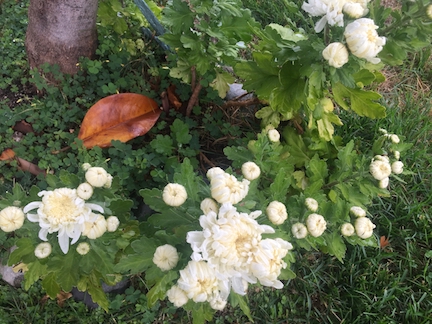
- • PROVIDE food and water for the birds, especially since many are migrating.
- • HARVEST cruciferous vegetables including cauliflower, broccoli, kale, carrots, beets, Swiss Chard, Brussels Sprouts as well as arugula and nasturtiums for your healthy meals. These foods are high in antioxidants which support the body’s ability to fight off toxins and reduce chronic inflammation.
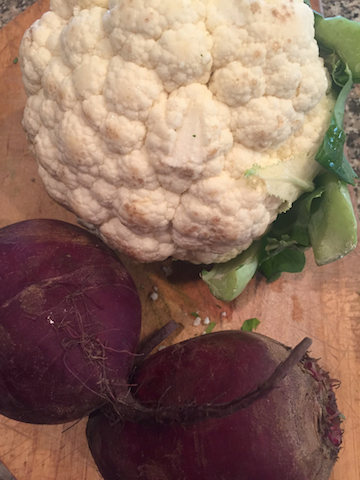
- • AERATE your lawns. For more information on grass selections and the benefits of planting grass see www.lamorindaweekly.com/archive/issue1117/Digging-Deep-with-Cynthia-Brian-The-grass-is-always-greener.html
- • MARVEL at the changing colors of the leaves on trees, specifically Japanese maple, pistache, liquid amber, and crape myrtle.
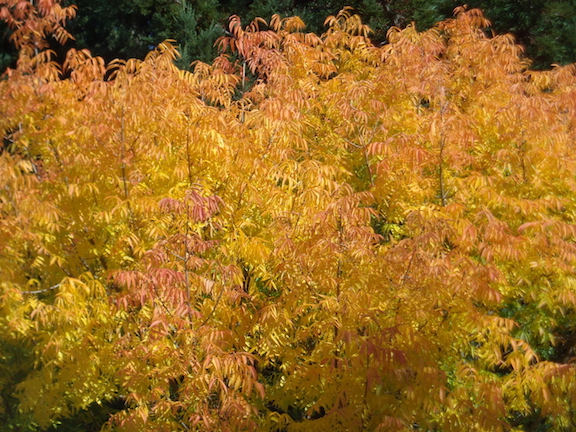
- • CHECK out the glorious bark of the eucalyptus tree and the hanging trumpets of the Angel trumpet vine.
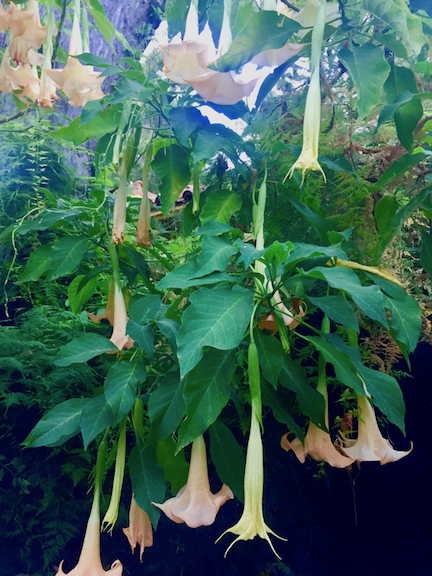
- • CUT a few branches from grapevines to use as table décor for an autumn gathering.
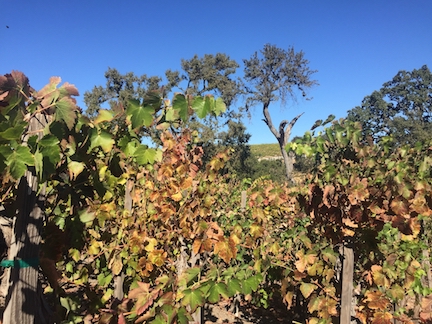
- • BRING houseplants outside for a shower and day in the cooler sunshine. They’ll be ready for a winter of air freshening back inside.
- • ADD a peaceful, quiet element to a container by planting a white mandevilla. If you protect it from frost, you’ll get an annual display of florets.
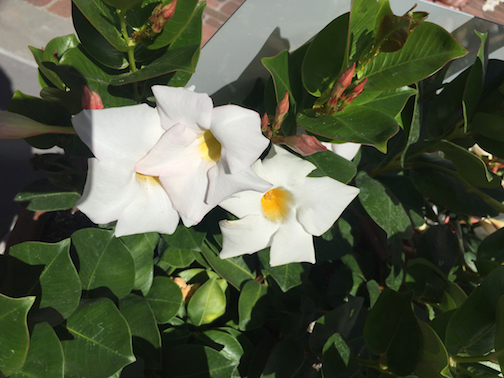
- • PACK “To Go emergency bags” and keep one in your home and in your car. In case of a disaster, every second counts.
- • TAKE a break and head to the beach. The sea air will refresh and reawaken your joyful spirit. (It works every time for me!)
- • GET ready for Thanksgiving with a garden display of mixed pumpkins, gourds, and scarecrows.
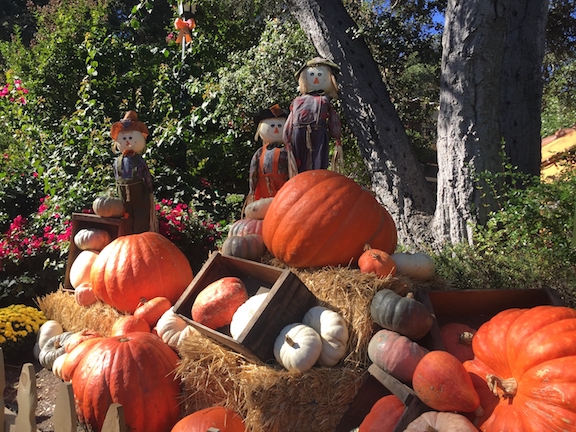
Gratitude is the theme for November. The days are short. The soil is warm. The nights are cool. We pray for rain and for peace on our planet. Our thoughts and prayers go to all of those who have suffered in the recent natural disasters. It’s been a challenging few months for our country and our world, yet despite the tragedies, let us all count our star blessings and keep on smiling.
Happy Gardening and Happy Growing!
Read more at Lamorinda Weekly: https://www.lamorindaweekly.com/archive/issue1118/Cynthia-Brians-Gardening-Guide-for-November-Where-there-is-smoke.html
Cynthia Brian

Cynthia Brian, The Goddess Gardener, raised in the vineyards of Napa County, is a New York Times best selling author, actor, radio personality, speaker, media and writing coach as well as the Founder and Executive Director of Be the Star You Are1® 501 c3. Please make a donation to help with hurricane & fire disaster relief at www.BetheStarYouAre.org.
Tune into Cynthia’s Radio show and order her books at www.StarStyleRadio.com.
My new book, Growing with the Goddess Gardener, is available at www.cynthiabrian.com/online-store. Will ship end of November.

Available for hire for any gardening project.
Cynthia@GoddessGardener.com





